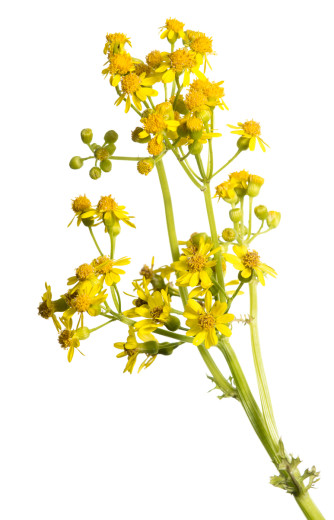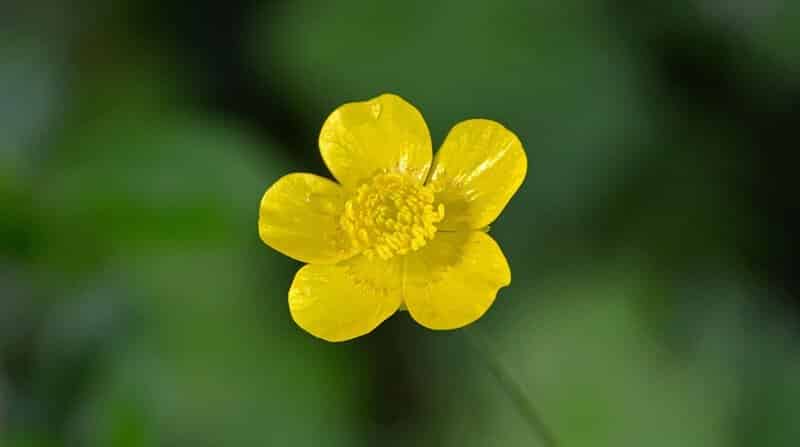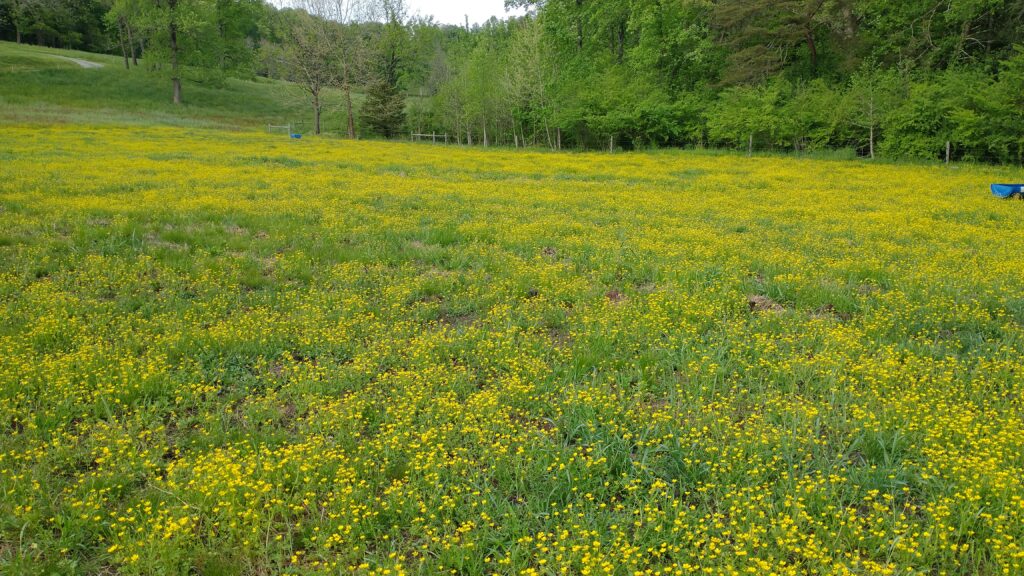


Two or three treatments may be necessary to control Buttercup due to weed seed soil bank and the ability of mature plants to recover. Haying restriction: Do not harvest treated area for hay until 21 days after treatment. Use 1.25 cups Class Act to three gallons of spray mixture or 2.5 gallons of Class Act to 100 gallons of water. Spot treat rate is 0.25 pint MCPA to 3-4 gallons of water.
#Oregon buttercup weed herbicides plus
For selective control of Buttercup in grassy conditions such as pastures and hayfields, use the herbicide MCP Amine plus an adjuvant (wetting agent) such as Class Act.To get rid of buttercups in your pasture or hayfield is a two step process spray to kill the existing buttercups and improve the conditions that favor grass production. It is safest to keep populations of buttercup under control on grazed pastures and offer plenty of healthy forage. Unfortunately, livestock occasionally develop a taste for buttercup and consume fatal quantities. Also, the toxin protoanemonin is not very stable and loses its potency when dry, so buttercup is not generally toxic in hay. Fortunately, buttercup has a strong, bitter taste so animals generally try to avoid it if more palatable forage is available.
#Oregon buttercup weed herbicides skin
397 pp.Fresh buttercup plants are toxic to grazing animals, who can suffer from salivation, skin irritation, blisters, abdominal distress, inflammation, and diarrhea. **Clopyralid-containing products should not be used on residential lawns but can be used for treating weeds in non-residential turf. *Follow label precautionary statements, restrictions, and directions regarding tolerant turfgrass species, rates, and timing of applications. Lesco Three-Way Ester II, Cool Power (ester formulation) MCPA, MCPP, dicamba, and carfentrazone-ethyl Trimec Encore, Tri-Power Selective Herbicide Quincept 2DQ Herbicide Triad QC Select, Triad SFZ SelectĢ,4-D, quinclorac, dicamba, and sulfentrazoneĬhaser Turf Herbicide (ester formulation)Ģ,4-D, fluroxypyr, triclopyr, and sulfentrazoneĢ,4-D, triclopyr, dicamba, and pyraflufen-ethylĢ,4-D, triclopyr, dicamba, and sulfentrazoneįluroxypyr, dicamba, and fenoxaprop-p-ethyl Active ingredientsĢ,4-D, fluroxypyr, triclopyr, and flumioxazinĢ,4-D, MCPP, dicamba, and carfentrazone-ethyl Some postemergence herbicide products labeled for control of creeping buttercup. This weed can be suppressed or controlled with various postemergence herbicides. Photo: Peter Landschoot, Penn State Management and controlĬreeping buttercup infestations can be reduced by improving turf density through fertilization, regular mowing, improved drainage, reducing irrigation, and use of turfgrasses well-adapted to site conditions. Yellow flowers of creeping buttercup showing overlapping petals and multiple stamens in the center. Clusters of stamens and pistils are in the center of flowers. Flowers are bright yellow, with five to seven rounded, overlapping petals. Photo: Peter Landschoot, Penn Stateįlower stems give rise to single flowers, approximately ½ to ¾ inch in diameter. The central leaflet on some leaves is positioned on a short stalk. Leaves of creeping buttercup showing three leaflets with serrated margins and deep sinuses. Leaf and flower stems are slightly hairy and red or purple near the crown. Margins of leaflets are coarsely serrated towards the top with relatively deep sinuses. Leaf surfaces are dark green, frequently with light spots or blotches. Individual mature leaves are typically 1.5 to 3 inches long and 1 to 1.5 inches wide. The center leaflet is often extended on a short stalk.

Leaflets are somewhat variable in shape, ranging from wedge-shape to oval. Some creeping buttercup leaves have three leaflets, whereas others are simple with three lobes and deep sinuses. Photo: Peter Landschoot, Penn State Identification Creeping buttercup plants form yellow flowers in May and June, which eventually produce seeds. Stolons grow prostrate along the soil surface, producing shoots and roots at nodes. New plants form a rosette of leaves and stems, with some stems functioning as stolons. Photo: Peter Landschoot, Penn State Life cycleĬreeping buttercup ( Ranunculus repens L.) belongs to the Ranunculaceae family and is classified as a perennial. It is most noticeable when flowering during spring and summer.Ĭreeping buttercup growing in a poorly drained lawn near a pond.

This weed is frequently found in poorly drained, wet soils, and sunny or shaded areas.


 0 kommentar(er)
0 kommentar(er)
